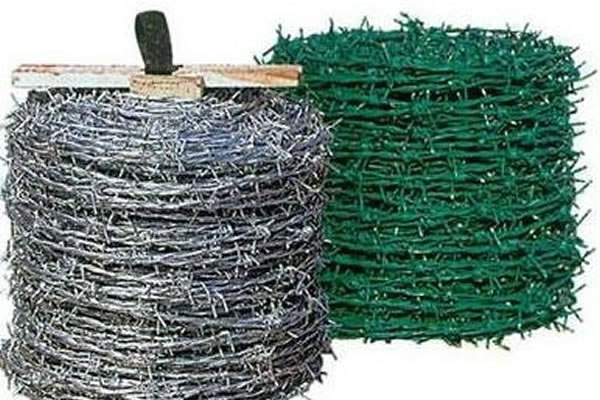 TEL:
+86-13102802206
TEL:
+86-13102802206
 Email:
fencenetting@china.com
Email:
fencenetting@china.com
 Language
Language
 TEL:
+86-13102802206
TEL:
+86-13102802206
 Email:
fencenetting@china.com
Email:
fencenetting@china.com
 Language
Language


Flux-Core Wire for Cast Iron An Overview
Welding has long been an essential process in manufacturing and repair industries, and when it comes to working with cast iron, choosing the right welding consumables is critical for achieving strong, durable joints. One of the most effective solutions for welding cast iron is the use of flux-cored wire. This method combines the benefits of arc-welding with the versatility of flux materials, providing not only the necessary adhesion but also enhancing the integrity of the weld. In this article, we will delve into what flux-cored wire is, its advantages for welding cast iron, and tips for successful application.
Understanding Flux-Cored Wire
Flux-cored wire is a type of welding wire that contains a core filled with flux materials. When heated during the welding process, these flux materials melt and produce a shielding gas that protects the molten weld pool from atmospheric contamination. There are two primary types of flux-cored wires self-shielded and gas-shielded. Self-shielded wires rely solely on the flux's protective properties, making them ideal for outdoor welding and situations where wind could disperse shielding gases. Gas-shielded wires require an external shielding gas, providing excellent weld quality, especially in controlled environments.
Advantages of Flux-Cored Wire for Cast Iron
1. Versatility Flux-cored wires can be used to weld various grades of cast iron, whether it's gray, ductile, or malleable. This versatility makes them a popular choice among welders working in diverse applications, from industrial machinery to decorative elements.
2. Reduced Porosity One of the common challenges in welding cast iron is achieving a weld with minimal porosity and defects. The flux in the core helps in scavenging impurities and gas during the welding process, resulting in a cleaner and stronger weld.
3. Ease of Use Flux-cored welding systems are relatively easy to set up and use, which is particularly beneficial for those with varying levels of welding experience. The operator can achieve profound penetration and good bead appearance without needing extensive skills.
4. Speed Flux-cored welding allows for higher deposition rates compared to traditional methods such as TIG or MIG welding. This increased efficiency can lead to significant time savings, especially in heavy fabrication work.

5. All-Position Welding Many flux-cored wires are formulated to allow for all-position welding, making it easier to work on complex assemblies or vertical/horizontal joints.
Tips for Successful Flux-Cored Welding on Cast Iron
When welding cast iron with flux-cored wire, certain considerations can enhance the welding process and outcome
- Preheat the Material Cast iron typically has a high carbon content, making it susceptible to cracking. Preheating the workpiece before welding can help minimize the risk of thermal stress and improve the overall quality of the joint.
- Select the Right Wire Choose a flux-cored wire specifically designed for welding cast iron. These wires often contain alloying elements that can provide improved ductility and strength in the finished weld.
- Control Your Heat Settings Careful control of the welding parameters, including voltage and travel speed, is crucial. Too much heat can lead to burn-through or distortion, while too little can result in weak, undercut welds.
- Clean the Joint Ensure that the edges of the cast iron components are clean and free from contaminants, including rust, oil, or paint. This preparation will enable better fusion between the parts being welded.
- Post-Weld Treatment After welding, consider stress-relieving or annealing processes to reduce residual stresses and enhance the ductility of the joint. This can lead to improved performance in applications where the welded joint is subjected to dynamic loads.
In conclusion, flux-cored wire presents a robust solution for welding cast iron. With its versatility, ease of use, and ability to produce high-quality welds, it remains a favorite choice for welders across various industries. By adhering to best practices and utilizing the right materials, professionals can ensure their welding projects are not only successful but also long-lasting.